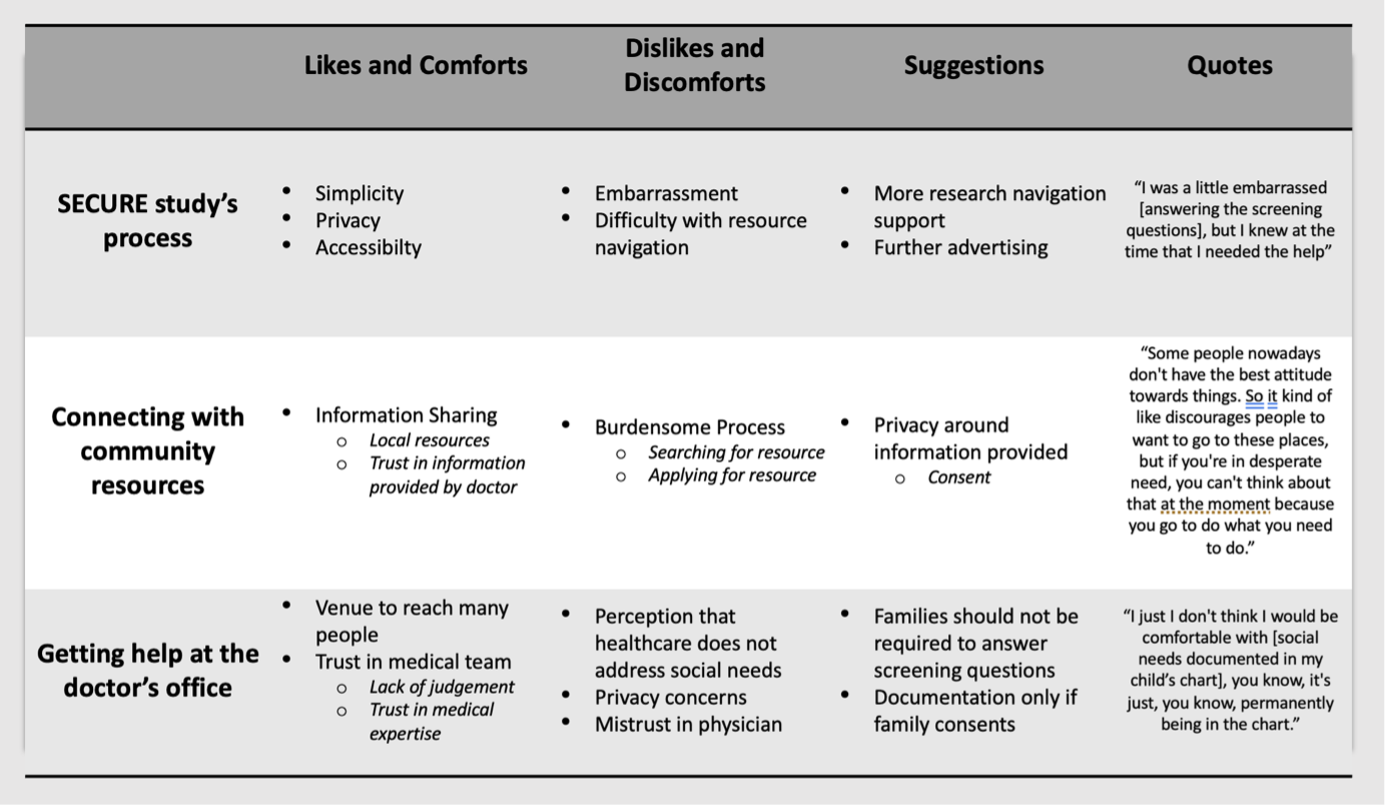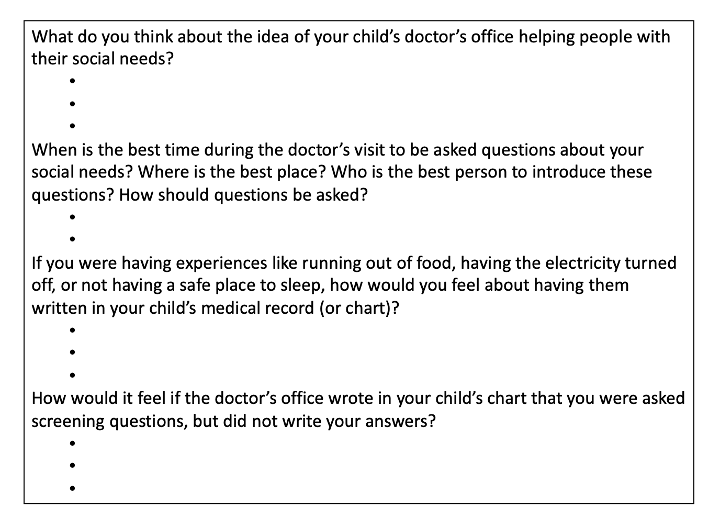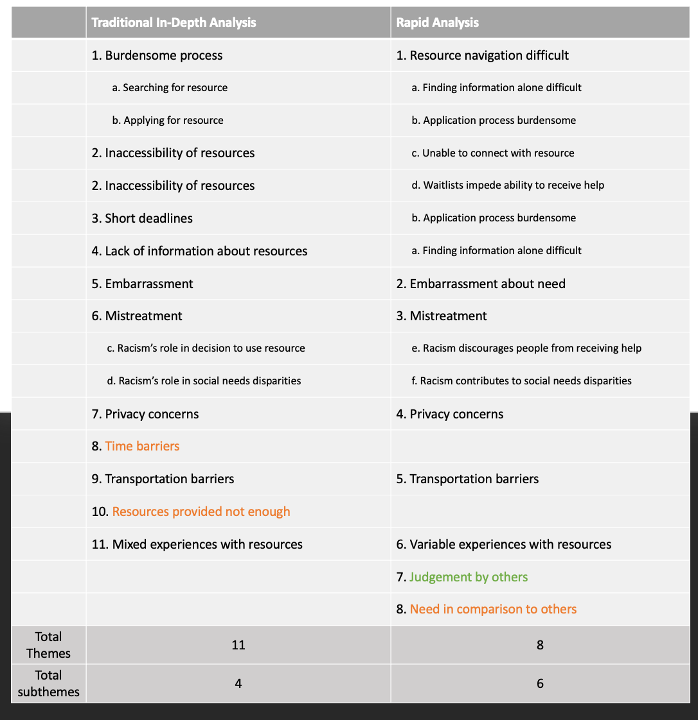Health Equity/Social Determinants of Health
Session: Health Equity/Social Determinants of Health 2
445 - Evaluation of a Notes-Based Rapid Qualitative Analysis Technique to Facilitate Implementation
Friday, May 3, 2024
5:15 PM - 7:15 PM ET
Poster Number: 445
Publication Number: 445.435
Publication Number: 445.435

Danielle Cullen, MD, MPH, MSHP (she/her/hers)
Assistant Professor
Children's Hospital of Philadelphia
Philadelphia, Pennsylvania, United States
Presenting Author(s)
Background: In implementation research, qualitative methods are important for understanding whether interventions are effective and acceptable and why. However, traditional qualitative analysis is time consuming, creating a barrier to timely and responsive implementation of evidence-based practices. Rapid qualitative methods have emerged to reduce the time required for data collection and analysis, but there is limited evidence on the reliability and consistency of this technique compared to traditional analysis.
Objective: This study compares themes generated using a note template-based rapid qualitative analysis method versus traditional analysis for a subset of interviews from a large mixed-methods study on social care integration in the pediatric clinical setting (SECURE Study).
Design/Methods: Caregivers of pediatric patients were enrolled in SECURE at two primary clinics and one emergency department affiliated with a large pediatric health system. A semi-structured interview guide was developed using the Integrated Behavioral Model (IBM). Participants were interviewed by telephone 30-45 days after enrollment, and audio recordings were transcribed verbatim. For traditional analysis, NVivo12 was used to code the first 10 transcripts; inductive and deductive content analysis was used to generate themes from coded data. In the rapid qualitative approach, an interview note template informed by the IBM was completed by the interviewer after the same 10 interviews and used to generate themes. Themes found in each method were quantified and mapped onto each other by a separate coder to determine number and consistency of themes between the two methods.
Results: Themes generated in both methods mapped consistently onto each other; 92.8% of themes found in traditional analysis were accounted for within our rapid method. The number of themes was also similar between the two methods: the traditional approach generated 69 themes and 22 subthemes, while our rapid approach generated 72 themes and 21 subthemes.
Conclusion(s): A notes-based rapid qualitative data collection and analysis method was successful in producing themes consistent with the traditional approach in both content and quantity for this sample of caregiver interviews, while maintaining scientific rigor and pragmatism. While not intended to replace traditional analysis, this technique has the potential to accelerate dissemination of findings for implementation purposes within the field of social care integration.



